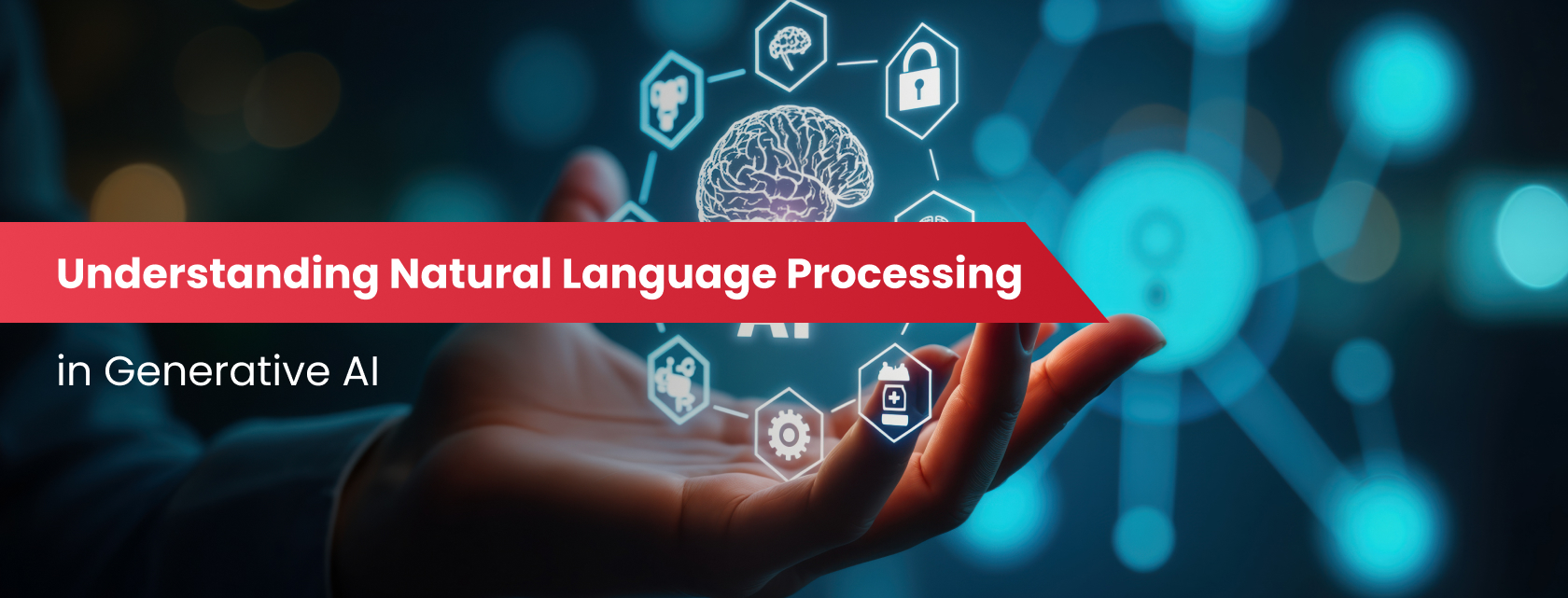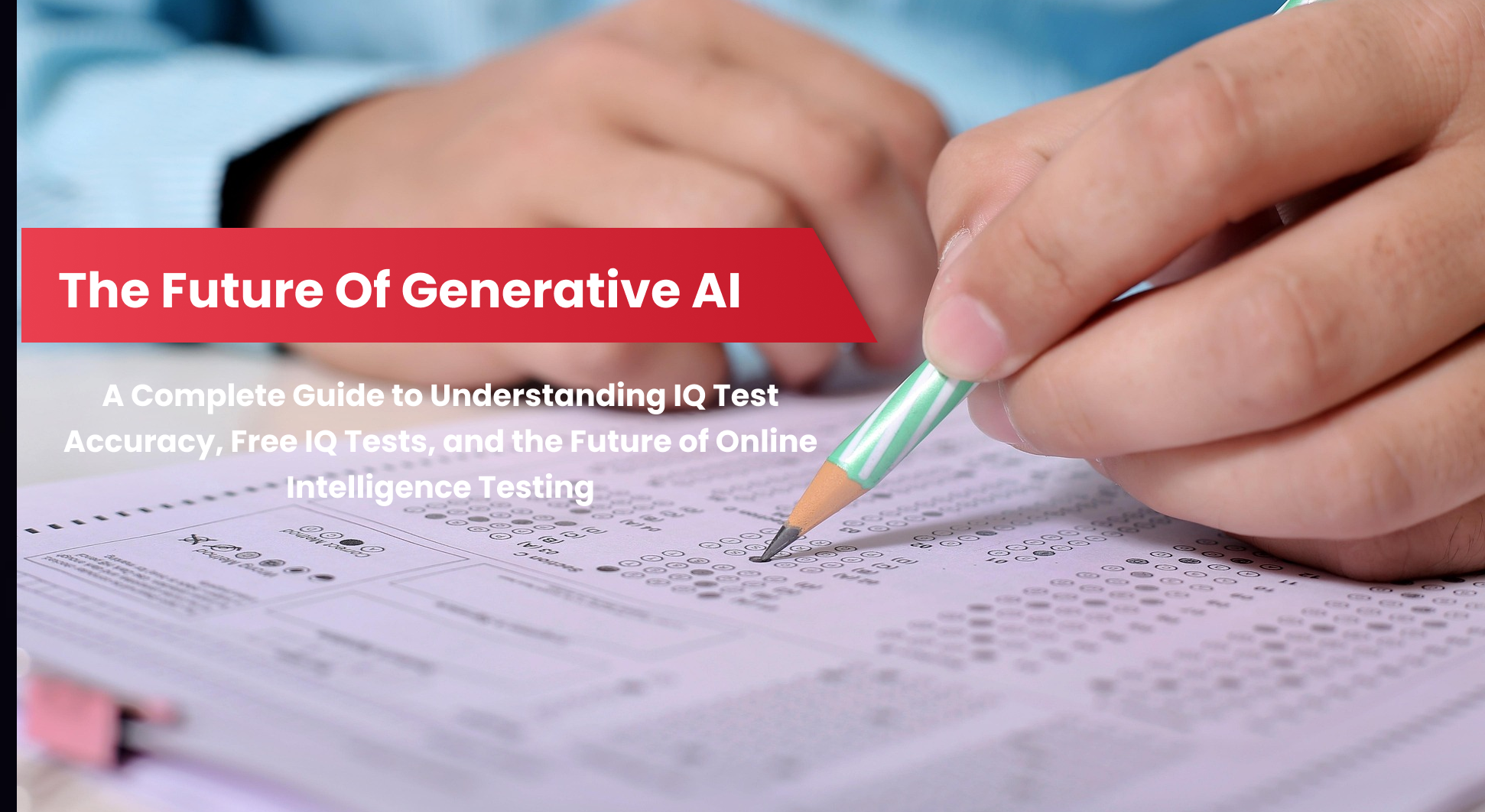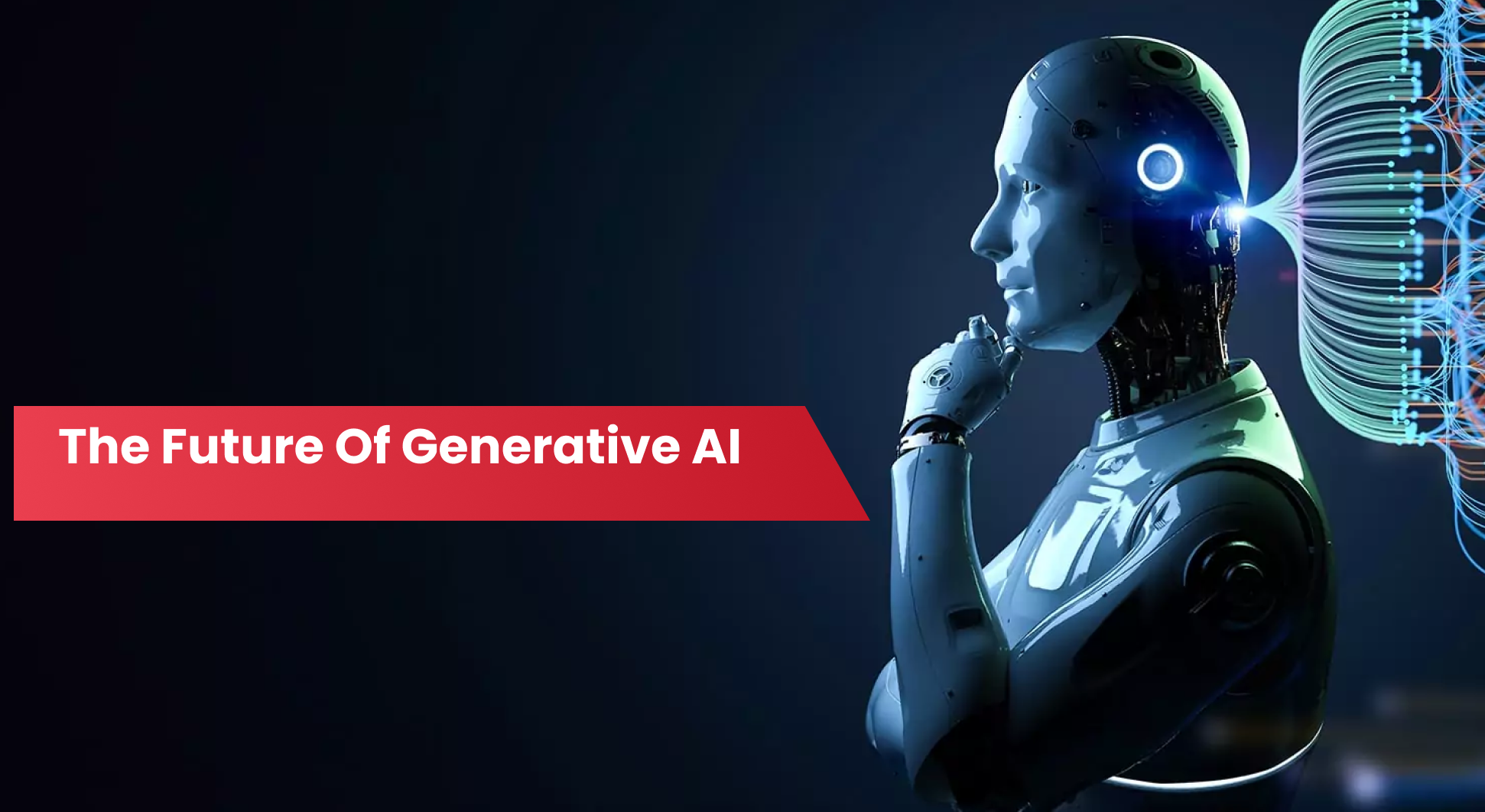In 2023, OpenAI’s ChatGPT reached 100 million users in just two months, making it the fastest-growing consumer application in history. What’s the secret behind its success? Natural Language Processing (NLP)—the technology that enables machines to understand, interpret, and generate human language with remarkable accuracy.
From crafting personalized learning experiences to automating content creation, NLP is the driving force behind the most innovative AI tools today. But what makes it so powerful, and how does it fuel the capabilities of Generative AI?
Let’s explore the mechanics, applications, and transformative potential of Natural Language Processing in reshaping industries and redefining how we interact with technology.
Key Takeaways - Natural Language Processing in AI
- Natural Language Processing in AI enables machines to understand and generate human language.
- NLP powers applications like chatbots, content creation, and personalized learning.
- Combining natural language processing and machine learning is key to building advanced AI systems.
- Platforms like FastLearner use NLP to create tailored learning experiences.
- Mastering NLP techniques is essential for leveraging the full potential of AI.
What is Natural Language Processing in AI?
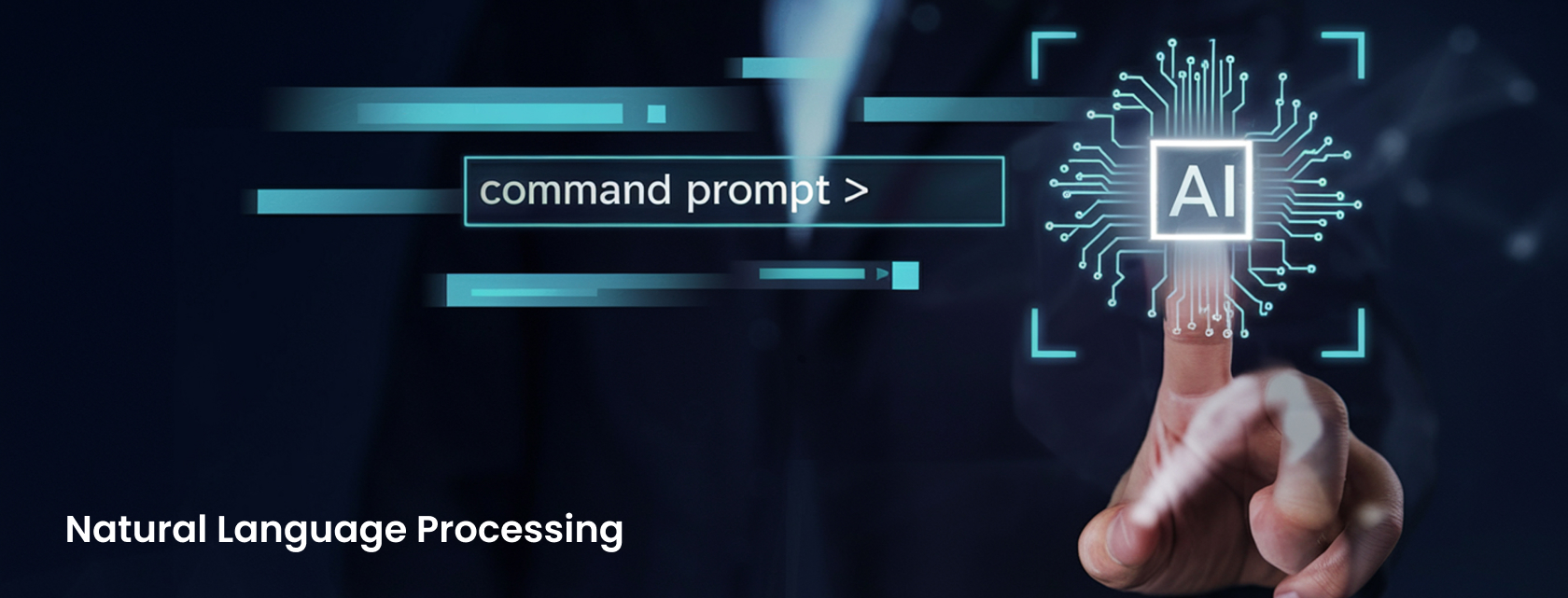
Natural Language Processing in AI is a branch of artificial intelligence that focuses on enabling machines to understand, interpret, and generate human language. It bridges the gap between human communication and machine understanding, making it possible for AI systems to process text and speech in a way that feels natural.
At its core, NLP combines natural language processing and machine learning to analyze language patterns, extract meaning, and generate responses. This technology powers everything from chatbots and virtual assistants to advanced generative AI models like ChatGPT and Bard.
Key Components of AI Natural Language Processing

To understand how NLP works, it’s essential to break it down into its core components:
- Tokenization: Splitting text into smaller units like words or phrases for easier analysis.
- Parsing: Analyzing the grammatical structure of sentences to understand relationships between words.
- Semantic Analysis: Extracting the meaning of text by interpreting context and intent.
- Sentiment Analysis: Identifying emotions or opinions expressed in text.
- Named Entity Recognition (NER): Detecting specific entities like names, dates, or locations within text.
These components work together to enable natural language processing and AI systems to process and generate human-like language.
Applications of Natural Language Processing in AI
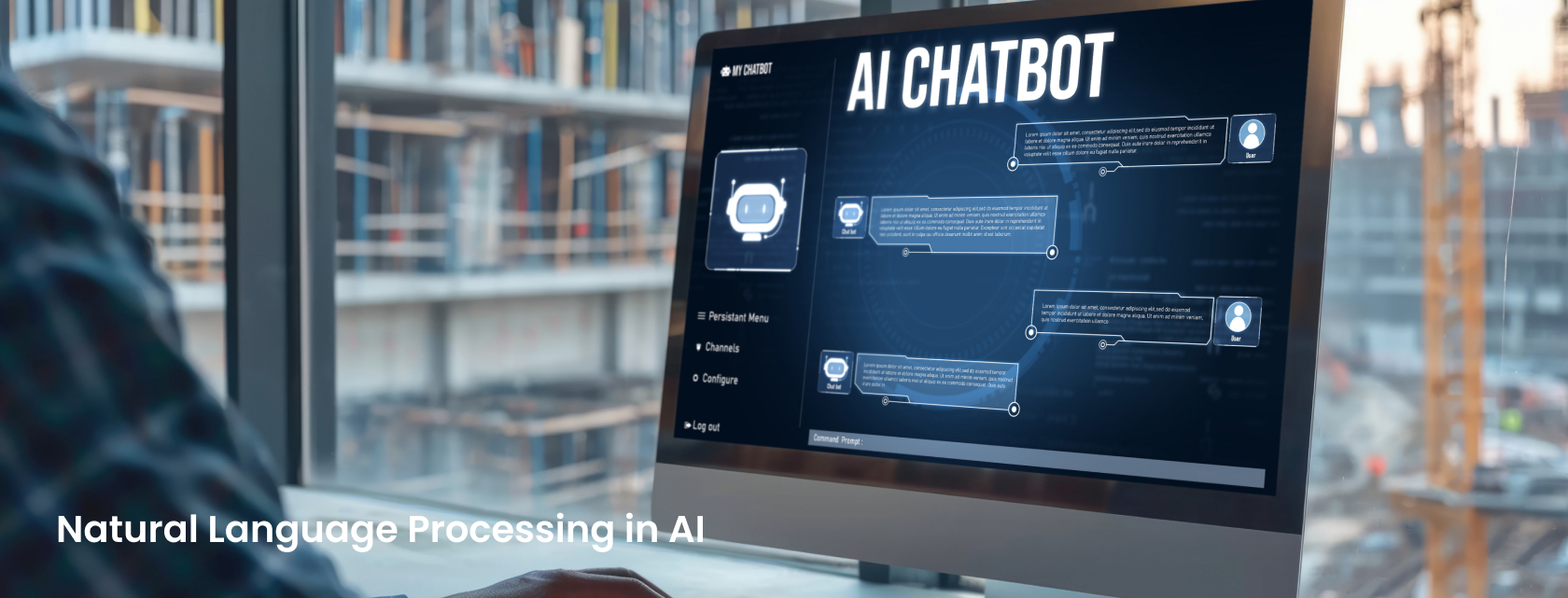
NLP has a wide range of applications across industries. Here are some of the most impactful use cases:
1. Content Creation
Generative AI models use NLP to create high-quality content, including blogs, articles, and even creative writing. Tools like Jasper and ChatGPT can generate engaging content in seconds, saving businesses and individuals time and effort.
2. Chatbots and Virtual Assistants
NLP powers chatbots like Siri, Alexa, and Google Assistant, enabling them to understand user queries and provide accurate responses. These tools rely on natural language processing and machine learning to improve their conversational abilities over time.
3. Language Translation
Platforms like Google Translate use NLP to break down language barriers by providing accurate translations. This application is particularly useful for global businesses and travelers.
4. Personalized Learning
AI-enabled platforms like FastLearner leverage NLP to create quick learning experiences tailored to individual needs. These platforms deliver personalized course recommendations and interactive learning materials by analyzing user behavior and preferences.
5. Summarization and Analysis
NLP tools can summarize lengthy documents, extract key insights, and even analyze trends in data. This is especially valuable for researchers, analysts, and businesses dealing with large volumes of information.
Benefits of Natural Language Processing in AI

The integration of NLP into AI systems offers numerous benefits:
- Improved Communication: NLP enables seamless interaction between humans and machines, making technology more accessible.
- Automation of Repetitive Tasks: Tasks like data entry, email responses, and report generation can be automated using NLP tools.
- Enhanced Accessibility: NLP-powered tools like screen readers and voice assistants make technology more inclusive for people with disabilities.
- Personalization: From tailored learning experiences to customized marketing campaigns, NLP helps deliver personalized solutions.
By mastering NLP techniques, businesses and individuals can unlock the full potential of AI-powered tools.
Challenges and Future of Natural Language Processing and AI
While NLP has made significant advancements, it still faces challenges:
- Bias in AI Models: NLP models can inherit biases from the data they are trained on, leading to unfair or inaccurate outcomes.
- Context Understanding: Despite improvements, AI struggles with understanding nuanced or ambiguous language.
- Ethical Concerns: The misuse of NLP for generating fake news or malicious content raises ethical questions.
Looking ahead, the future of NLP lies in addressing these challenges and expanding its capabilities. Innovations like multimodal AI, which combines text, images, and audio, are set to revolutionize how we interact with technology.
How to Learn Natural Language Processing
If you’re interested in how to learn natural language processing, here’s a step-by-step guide:
- Understand the Basics: Start with foundational concepts like tokenization, parsing, and semantic analysis.
- Learn Programming: Python is the most popular language for NLP, with libraries like NLTK, SpaCy, and Hugging Face.
- Study Machine Learning: Familiarize yourself with machine learning algorithms and their applications in NLP.
- Practice with Projects: Build small projects like chatbots, sentiment analysis tools, or text summarizers to apply your knowledge.
- Take Online Courses: Platforms like FastLearner offer comprehensive courses on mastering NLP techniques and AI.
By following these steps, you can gain the skills needed to excel in the field of NLP.
Conclusion: Natural Language Processing in AI
Natural Language Processing in AI is transforming the way we interact with technology. From automating tasks to creating personalized learning experiences, NLP is at the forefront of innovation.
Quick learning platforms like FastLearner are leveraging NLP to revolutionize education, making learning more accessible and engaging. As technology evolves, mastering NLP techniques will be essential for staying ahead in the AI-driven world.
The future of natural language processing and AI is bright, with endless possibilities for innovation and growth.
FAQs About Natural Language Processing in AI
NLP, or Natural Language Processing, is a technology that enables machines to understand and process human language. An example is a virtual assistant like Siri, which uses NLP to interpret voice commands and provide relevant responses.
The 5 phases of NLP are:
- Lexical Analysis: Breaking text into words.
- Syntactic Analysis: Analyzing sentence structure.
- Semantic Analysis: Understanding meaning.
- Discourse Integration: Linking sentences for context.
- Pragmatic Analysis: Interpreting intent and tone.
The 7 stages of NLP are:
- Tokenization
- Stop Word Removal
- Stemming
- Lemmatization
- Part-of-Speech Tagging
- Named Entity Recognition (NER)
- Sentiment Analysis
NLP in AI is a field that enables machines to process and generate human language. It combines linguistics and machine learning to power tools like chatbots, translators, and content generators.
